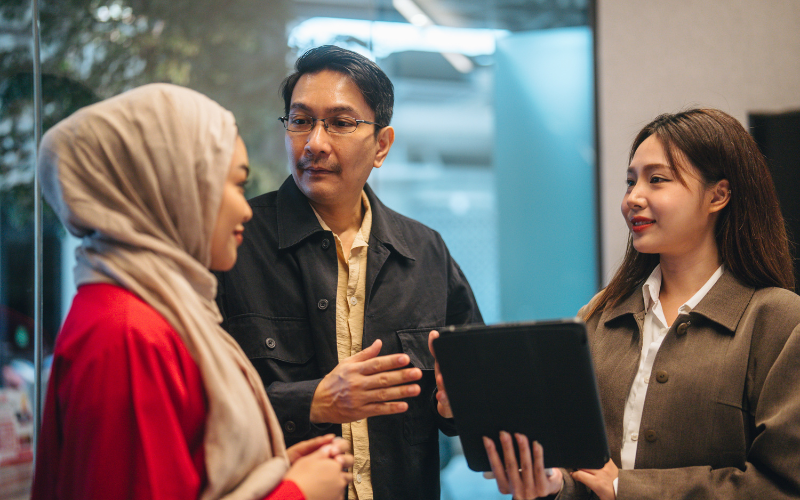With over 250 participants every year, Taylor’s Lakeside Model United Nation (TLMUN) has, yet again, hosted our annual flagship conference, where youths gather not only to develop and improve their public speaking abilities and skills of diplomacy, but to also be educated on international relations and the functions of the United Nations (UN) as a whole.
Tip: Don’t get lost by the jargons commonly used in a MUN conference. Here are some keywords that you should know before I dive deeper:
- Secretariat: The organising committee.
- Secretary-General: The head who recruits and manages the other secretariat roles.
- Delegates: A speaker or a country’s representative who echoes the interests of a territory and its citizens or nationals.
- Chairs: A group of people who facilitate the debate according to the Rules of Procedure. They call on delegates to speak, time speeches, open the floor to motions, and facilitate votes on motions by the delegates. In the end, they give feedback and choose the delegates to receive diplomacy awards.
- Deliverables: A piece of work to be done or undertaken by each department.
- Councils: The different subdivisions that participants will be a part of throughout the conference to discuss various matters.
- Rules of Procedure (RoP): The rules to run a MUN committee.
But before I go deeper, what does one even do at a MUN conference?
In a nutshell, it mimics how countries interact with each other in real life. Delegates would have to come up with solutions and later discuss among countries based on a given scenario and topic. This helps them to think critically, as world leaders, about implementing relevant action plans logically and astutely, have a sense of activism, and build diplomatic relations to seek common denominators between countries' representatives.
My first experience at a TLMUN conference was in 2019 as a delegate for Nepal in the World Health Assembly (WHA) council. There, I forged various relational associations and cultivated intellectual conversation. But, little did I know, this wouldn’t be the last I’d encounter them. As TLMUN20 arrived, I was designated under the Secretary-General's department together with the Delegate of Canada whom I met at the WHA!
For TLMUN 2020, our greatest concern was unquestionably the lack of experience, as a chair or delegate, in project management. I remember the past secretariat team being scrutinised due to their recent entry to the scene. The Secretary-General and I had a discussion upon this because, the truth is, we were rather hesitant in applying for the position considering the immediate pressure and public notice.





